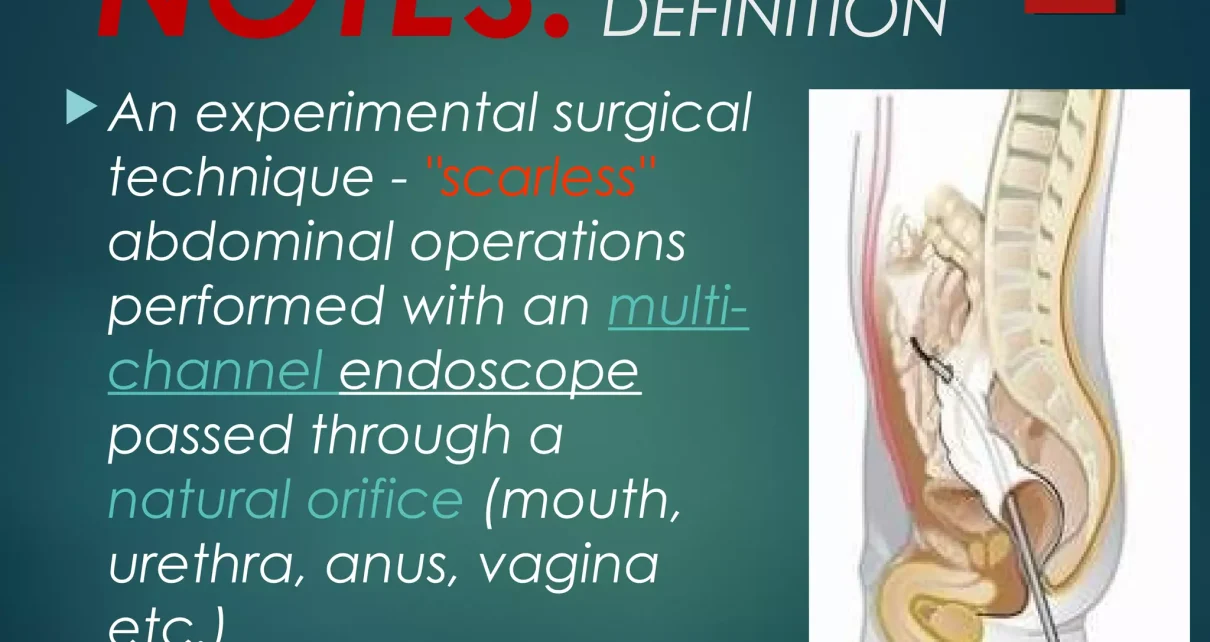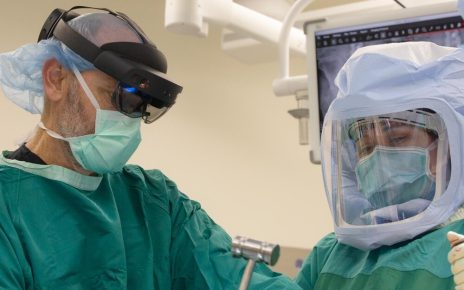Let’s be honest. The thought of surgery often comes with a twin anxiety: the procedure itself, and the permanent mark it might leave behind. For decades, a scar was simply the accepted price of admission for getting better. But what if that’s no longer the case?
Well, welcome to the new frontier of medicine. We’re diving into a world where “scarless” surgery isn’t science fiction—it’s a rapidly advancing reality. It’s not about magic, but about incredible technological ingenuity that allows surgeons to operate through the body’s natural openings or tiny, hidden incisions. The goal? To heal you from the inside out, leaving little to no trace of their work.
It’s Not Magic, It’s Minimally Invasive Mastery
The whole field hinges on a simple, powerful idea: access without evidence. Instead of a single large cut, surgeons use specialized tools and cameras to perform complex procedures. The benefits are, frankly, huge. We’re talking less pain, a much lower risk of infection, and recovery times that feel like they’ve been fast-forwarded.
The Gateway Approaches: NATURAL ORIFICE and Single-Port Surgery
This is where it gets really interesting. The most groundbreaking techniques are often categorized by how surgeons get inside.
Natural Orifice Transluminal Endoscopic Surgery (NOTES)
Sounds complex, but the concept is brilliantly simple. NOTES involves passing flexible instruments through the body’s natural openings—like the mouth, rectum, or vagina—to reach the abdominal cavity. Think of it like a plumber fixing a pipe from the inside, without ever digging up your yard.
A surgeon might pass an endoscope down a patient’s throat to remove a gallbladder, leaving zero external scars. The internal incision heals remarkably fast. The main challenge, honestly, is the technical skill required and making sure those internal entry points are closed securely. But the progress here has been stunning.
Single-Incision Laparoscopic Surgery (SILS)
If NOTES isn’t suitable, there’s another fantastic option. SILS is a step up from traditional laparoscopic surgery (which already uses several small incisions). Here, the surgeon makes just one small incision, usually in the navel. That’s right—the belly button.
All the instruments snake through this single portal. The result? Instead of a few tiny scars scattered on your abdomen, you have one hidden neatly in the folds of your navel. It’s camouflage at its medical best. This technique is now commonly used for appendectomies, hernia repairs, and various gynecological procedures.
The Toolbox Making It All Possible
None of this would be possible without some seriously cool tech. It’s the engine under the hood of these scarless surgical techniques.
Robotic Surgery Systems
Imagine a surgeon controlling robotic arms with the precision of a concert violinist. That’s robotic-assisted surgery. Systems like the da Vinci Surgical System provide 3D, high-definition vision and wristed instruments that bend and rotate far beyond the human hand. This enhances dexterity in tight spaces, making procedures like scarless thyroid surgery through the armpit or mouth a viable reality.
Advanced Energy Devices and Suturing
Old-school scalpels and stitches are being replaced. Surgeons now use ultrasonic energy or advanced bipolar devices that can cut and seal tissue simultaneously. This minimizes bleeding in a confined space. And for closing those internal incisions? They’ve got specialized clips, novel glues, and self-knotting sutures that would make any boy scout envious.
| Technique | How It Works | Common Uses |
| NOTES | Access via mouth, rectum, or vagina | Gallbladder removal, diagnostic procedures |
| SILS | Single small incision, often in the navel | Appendectomy, hernia repair, weight loss surgery |
| Robotic Scarless Surgery | Robotic arms controlled by surgeon via small incisions | Thyroidectomy, prostatectomy, hysterectomy |
Beyond the Surface: The Real-World Impact
Sure, the cosmetic benefit is obvious. But the advantages run much deeper. For many patients, a visible scar is a constant, daily reminder of a past illness or trauma. It can impact self-esteem and body image profoundly. Scarless techniques offer a psychological freedom that is just as valuable as the physical healing.
That said, it’s crucial to have realistic expectations. “Scarless” usually means no visible external scar. There is still internal healing, and the procedures carry their own unique risks and are not suitable for every patient or every condition. The key is a thorough conversation with a qualified surgeon.
So, What’s Next? The Horizon of Invisible Healing
The field isn’t standing still. Not even close. Researchers are already pushing the boundaries further with things like…
- Micro-robotics: Imagine swallowable, capsule-sized robots that can perform biopsies or deliver therapy from inside your digestive tract—no strings (or scars) attached.
- Enhanced Imaging: Real-time, augmented reality overlays that show surgeons exactly what lies beneath the surface, making navigation even safer and more precise.
- Biomaterial Scaffolds: These are materials that guide the body’s own cells to regenerate tissue, promoting healing that is truly seamless, not just scarless.
The journey of scarless surgical techniques is a testament to a fundamental shift in medicine. It’s a move from simply treating disease to preserving the whole person—their function, their form, and their psyche. The scalpel is becoming a paintbrush, and the canvas is the human body. And the masterpiece? A healthy life, with the evidence of the struggle artfully erased.




